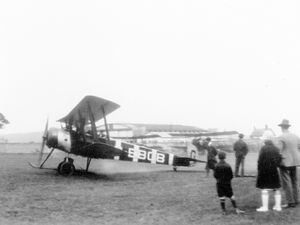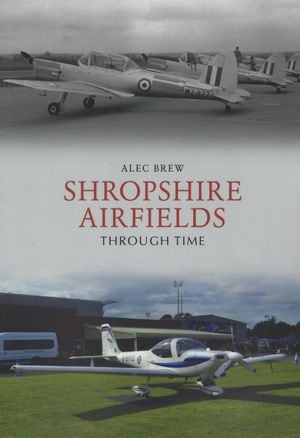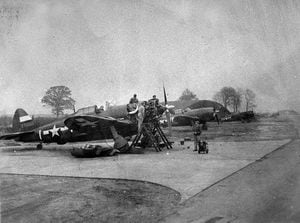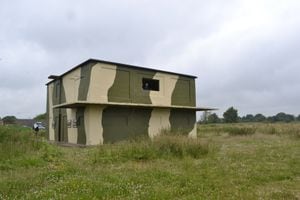Alec's new Shropshire airfields book takes flight
The hectic wartime skies of Shropshire are evoked in a book by aviation historian Alec Brew which tells the story of the county's many airfields.

And although those days have long gone, Brew says smaller airfields ensure that there continues to be much flying even today.
Shropshire Airfields Through Time showcases a selection of photographs tracing the many ways in which the county's airfields – some of which date back to the Great War – have changed and developed over the decades
Brew, from Wolverhampton, says the skies were full of aircraft like Spitfire and Thunderbolt fighters, Wellington and Whitley bombers, and Oxford and Master trainers, while on the ground vast numbers of RAF recruits passed through RAF Bridgnorth, an initial training centre.

"Many of the 20 airfields in use in 1945 did not survive post-war," he says.
"Shawbury, Tern Hill, and Cosford continue in use to this day, though Tern Hill's accommodation was turned over to the Army.
"High Ercall continued in use but closed in 1962, and Sleap had a new life as Shropshire's general aviation airfield.

"Perhaps the most obscure survivor, RAF Chetwynd with its neat acres of grass almost lost down country lanes, is still used by the helicopters from Shawbury.
"The one pre-war airfield on the Long Mynd closed during the war, but reopened afterwards and thrives today.
"Other unlicensed private airfields operate at Shifnal, Knockin, Milson, Market Drayton and elsewhere. There is, thus, a lot of flying to be seen in the county.

"However, with runways often taken up, only a few small industrial estates in out-of-the-way places, located on the old technical sites, the odd farm building of a military style, and those silent control towers, remind us of days when thousands of young men and women learned the skills of aerial warfare in Shropshire."
Shropshire Airfields Through Time is published by Amberley and costs £14.99.





